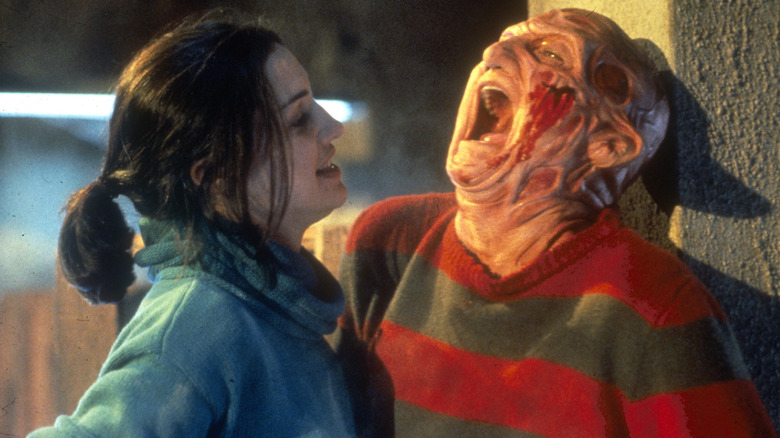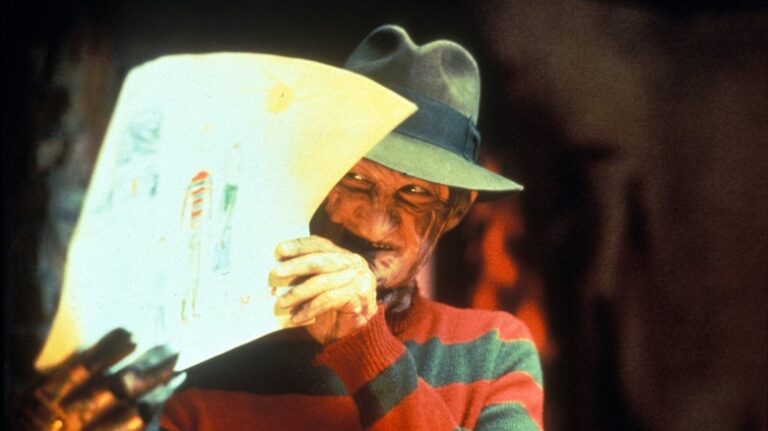Freddy’s Dead: The Final Nightmare has long been cast as a silly coda to the Elm Street saga. Yet behind its punchlines and oddball visuals lies a thoughtful, audacious capstone released in 1991 that aimed to close the series on its own terms.
A bold attempt to end the franchise
Director Rachel Talalay fought to take the helm, making history as the first woman to direct a sequel in this studio horror lineage. She brought a plan for a definitive finale, a narrative closing that the film would later be remembered for beyond its jokes. The screenplay was crafted by Michael De Luca, a rising talent at the time.
Trauma at the center of a blockbuster
Beyond the zany visuals and gory gags, Freddy’s Dead delves into cycles of trauma and abuse and the way they fracture families and towns. It arrived ahead of a wave of horror that treats pain and memory as engines of fear, and its themes deserve a closer look rather than a knee-jerk dismissal.
The plot follows Freddy Krueger as he moves beyond his familiar stomping grounds to a new town, where his estranged daughter Maggie appears in a therapeutic role for troubled youths. This setup is used to explore the lasting wounds of neglect, with the film offering a sobering lens within its genre-setting montage.
Talalay points to De Luca’s script as a key piece often overlooked in conversations about the movie. His writing framed a disturbing take on family violence and societal failure, a perspective that remains relevant today.
The movie uses unsettling imagery—a deserted carnival, whispers inside an adoption center—to reveal a community haunted by grief and denial. It ends the Elm Street saga on a note of psychological consequence, a throughline that would inform later horror about trauma as a social wound rather than just a personal nightmare.
Rather than simply being a campy finale, Freddy’s Dead is a case study in how horror can reflect real-world harm, memory, and cycles that outlive the immediate scare.

The interview materials underscore Talalay’s belief that the film merits renewed attention as a thoughtful commentary on abuse, memory, and resilience within a sprawling horror legacy.
Source: Original article



